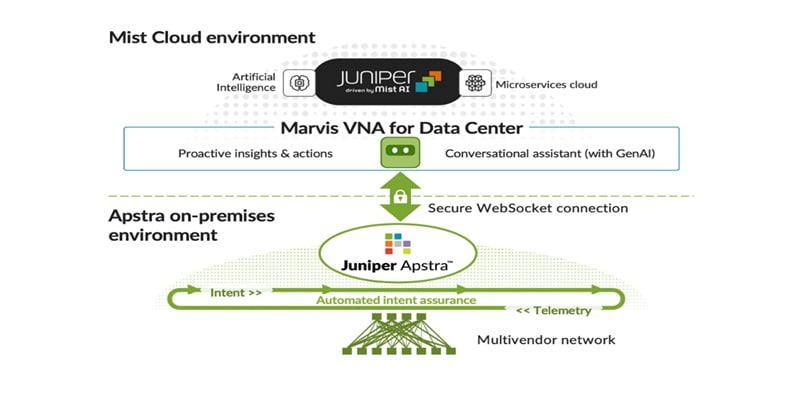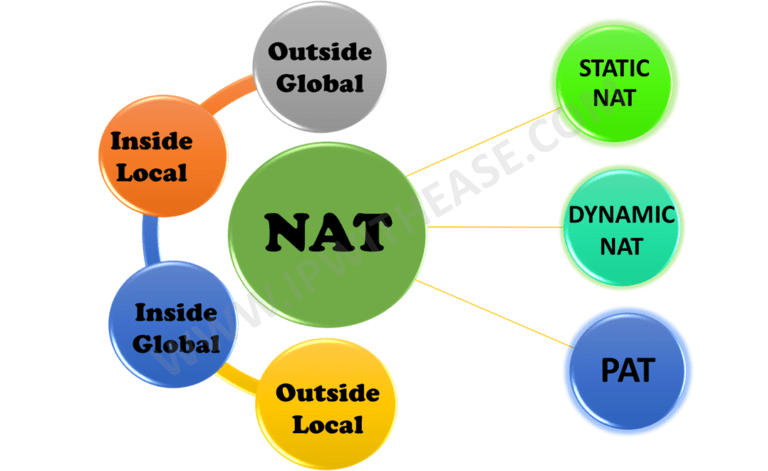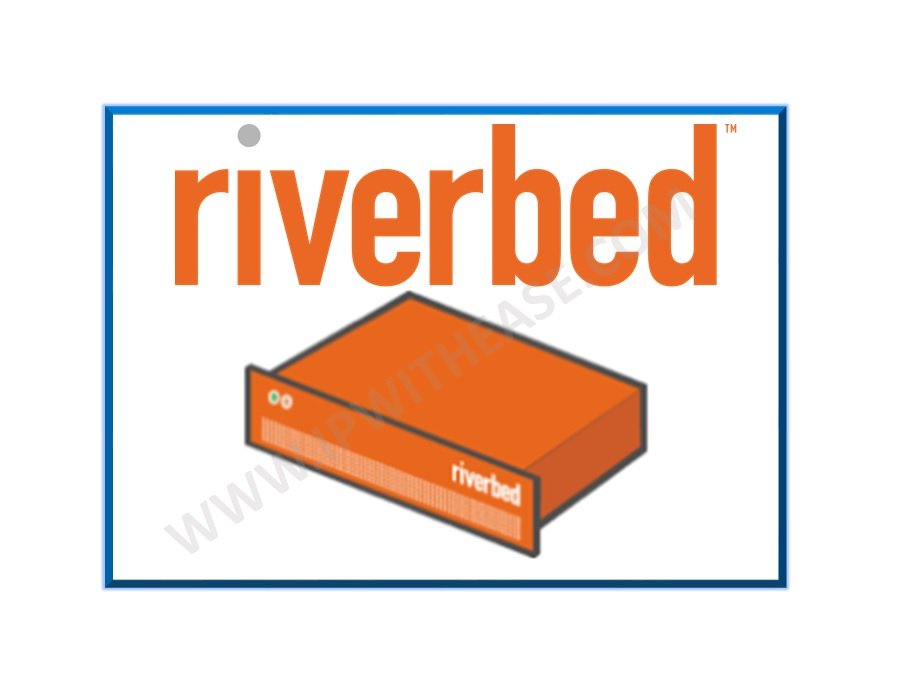Table of Contents
Juniper Mist is a cloud-based networking solution by Juniper Networks that leverages artificial intelligence (AI) to provide advanced wireless and wired network management. It is designed to simplify network operations, improve performance, and enhance user experiences. Juniper Mist primarily focuses on AI-driven insights and automation to proactively monitor and manage networks, identify issues, and optimize performance in real-time.
Commonly asked Juniper Mist Interview Questions
Here are the top 20 Juniper Mist interview questions along with their answers:
Read or watch the video.
Q.1 What is Juniper Mist, and what are its primary features?
Juniper Mist is a cloud-managed wireless networking solution that leverages AI and machine learning to optimize network performance and enhance user experiences. Its primary features include
- AI-driven troubleshooting
- Automation
- location-based services
- virtual network assistant (VNA) capabilities
Q.2 How does Juniper Mist differentiate itself from traditional wireless networking solutions?
Juniper Mist stands out from traditional solutions by
- offering AI-driven automation and optimization,
- proactive troubleshooting with Marvis,
- dynamic user engagement through location-based services, and
- a cloud-managed architecture for simplified management and scalability
Q.3 Can you explain the architecture of Juniper Mist?
Juniper Mist follows a cloud-driven architecture, where access points (APs) communicate with the cloud-hosted Mist Platform. The Mist Platform employs AI and machine learning algorithms to analyze network data and make real-time optimizations. Additionally, it offers a scalable and centralized management interface for configuring and monitoring the network.

Image source: https://www.juniper.net/
Q.4 What is Marvis, and how does it enhance network troubleshooting and optimization?
Marvis is Juniper Mist’s virtual network assistant powered by AI. It uses natural language processing (NLP) to interpret user queries and provide actionable insights for troubleshooting network issues. Marvis continuously analyzes network data to proactively identify and resolve performance issues, ensuring optimal network performance.
Q.5 How does Juniper Mist leverage artificial intelligence (AI) and machine learning (ML) in its operations?
Juniper Mist uses AI and ML algorithms to analyze network telemetry data, predict network behavior, and automate network optimizations. These technologies enable Mist to identify patterns, detect anomalies, and dynamically adjust network configurations to meet changing demands and ensure optimal performance.
Q.6 What is Virtual Network Assistant (VNA), and what benefits does it offer?
Virtual Network Assistant (VNA) is an AI-driven feature of Juniper Mist that provides proactive network insights and recommendations. It offers benefits such as improved troubleshooting efficiency, faster problem resolution, reduced downtime, and enhanced user experiences through predictive network optimizations.

Image source: https://www.juniper.net/
Q.7 Can you describe the role of the Mist Learning WLAN in Juniper Mist?
The Mist Learning WLAN is the foundation of Juniper Mist’s wireless networking infrastructure. It incorporates AI-driven features such as Marvis, VNA, and dynamic packet capture to continuously monitor and optimize network performance, ensuring seamless connectivity and superior user experiences.
Q.8 How does Juniper Mist handle location-based services and indoor positioning?
Juniper Mist uses a combination of Bluetooth Low Energy (BLE) beacons and Wi-Fi access points to provide accurate indoor positioning and location-based services. These services enable applications such as asset tracking, proximity notifications, and personalized user experiences based on location.
Q.9 What is the Mist Edge, and how does it extend the capabilities of Juniper Mist?
The Mist Edge is an on-premises solution that extends the capabilities of Juniper Mist by providing localized processing and analytics at the network edge. It allows organizations to
- optimize bandwidth usage,
- reduce latency, and
- ensure consistent performance for latency-sensitive applications
Q.10 How does Juniper Mist ensure security in wireless networks?
Juniper Mist employs various security features such as
- WPA3 encryption,
- rogue AP detection,
- client isolation, and
- role-based access control (RBAC)
to protect wireless networks from unauthorized access and cyber threats. Additionally, Mist continuously monitors network traffic for anomalies and potential security breaches.
Q.11 Can you explain how Juniper Mist integrates with other networking technologies and solutions?
Juniper Mist offers integration capabilities through open APIs and standard protocols, allowing seamless interoperability with third-party networking technologies and solutions. This includes integration with SD-WAN platforms, cloud security solutions, identity management systems, and IoT platforms.
Q.12 What are some common deployment scenarios for Juniper Mist?
Common deployment scenarios for Juniper Mist include
- enterprise Wi-Fi networks,
- campus networks,
- retail environments,
- healthcare facilities,
- hospitality venues, and
- large-scale IoT deployments
Mist is suitable for any environment where reliable and high-performance wireless connectivity is essential.
Q.13 How does Juniper Mist handle roaming and seamless connectivity for mobile devices?
Juniper Mist employs advanced roaming algorithms and fast transition techniques such as 802.11r/k/v to ensure seamless connectivity and optimal roaming performance for mobile devices. These techniques minimize latency and packet loss during handovers between access points.
Q.14 What are some key considerations when planning and designing a Juniper Mist deployment?
Key considerations for Juniper Mist deployment include
- site surveying,
- AP placement,
- RF planning,
- capacity planning,
- VLAN and SSID configuration,
- security policies,
- integration with existing infrastructure, and
- scalability requirements
Q.15 How does Juniper Mist support IoT devices and applications?
Juniper Mist provides support for IoT devices and applications through features such as IoT device profiling, dynamic segmentation, and policy enforcement based on device attributes. Mist ensures secure connectivity and visibility for IoT devices while minimizing the risk of unauthorized access or breaches.
Q.16 Can you discuss the role of APIs and programmability in Juniper Mist?
Juniper Mist offers a comprehensive set of APIs and programmable interfaces that enable automation, orchestration, and integration with third-party systems. These APIs allow developers to create custom applications, automate network tasks, and extract valuable insights from Mist’s AI-driven platform.
Q.17 What tools and utilities are available for monitoring and managing a Juniper Mist network?
Juniper Mist provides a range of tools and utilities for monitoring and managing the network, including a
- cloud-based management interface,
- real-time dashboards,
- historical analytics,
- troubleshooting tools, and
- APIs for programmable automation
Q.18 How does Juniper Mist handle scalability and performance in large-scale deployments?
Juniper Mist employs a distributed architecture and cloud-based management to ensure scalability and performance in large-scale deployments. It leverages AI and machine learning to optimize network resources dynamically and accommodate growing user demands.
Q.19 What are some best practices for optimizing and maintaining a Juniper Mist network?
Best practices for optimizing and maintaining a Juniper Mist network include
- regular firmware updates,
- performance monitoring,
- capacity planning,
- RF optimization,
- security audits,
- user training, and
- proactive troubleshooting using AI-driven insights
Q.20 Can you provide examples of real-world use cases or success stories involving Juniper Mist deployments?
Real-world use cases for Juniper Mist include improving Wi-Fi performance and user experiences in enterprise environments, enabling location-based services for retail and hospitality industries, enhancing IoT connectivity and security in healthcare facilities, and optimizing network operations in education institutions and large-scale venues.
Watch Related Video
ABOUT THE AUTHOR

You can learn more about her on her linkedin profile – Rashmi Bhardwaj



